15 February, 2023
La Boca de Gramá - Criadero de Cocodrilos - Los Carboneros - Pálpite - Los Hondones, "Rocio's Garden - Los Sábalos
It is pretty satisfying that when standing around just waiting to board the bus, one is treated to a vibrant stand of Firebush (Hamelia patens).
Mere moments before this picture was taken a Cuban Emerald (Riccordia ricordii) had been diligently probing for nectar.
A Common Ground Dove (Columbina passerina) puttered around almost at our feet.
Morning Glory (family Convolvulaceae) was easily spotted adding familiarity, colour and beauty to the landscape.
An American Kestrel (Falco sparverius) scanned for rodents, mouse du jour no doubt on its mind for breakfast!
Our principal stop of the morning was at the Criadero de Cocodrilos, a much anticipated visit. Serendipitously Miriam and I had seen a TV documentary on this facility just a few weeks before our departure.
The Cuban Crocodile (Crocodylus rhombifer) is seriously endangered, primarily due to interbreeding with American Crocodile (C. acutus) and this captive breeding facility has been established to ensure the future of the endemic Cuban species.
"The range of the Cuban Crocodile was more extensive during the nineteenth century, but is now restricted to the Zapata Swamp and Isla de la Juventud." (Crocodiles and Alligators (1988)).
Just as we pulled into the parking area a truck seemed to be unloading workers, ready to start their shift.
The distinctive subspecies found in Cuba and Grand Cayman is highly arboreal and morphologically different from the form we are familiar with at home.
We were very fortunate to find a bird quite quickly and we were able to follow it for several minutes, having excellent views.
We seem to be in an era of taxonomic splitting so who can know whether this form will one day be declared a unique species?
A Northern Waterthrush (Parkesia noveborancensis) was quite indifferent to the presence of large numbers of crocodiles.
I was delighted to see a Cuban Hutia (Capromys pilorides), a mammal I am sure maintains a safe distance from the crocodilians.
A Great Blue Heron (Ardea herodias) went about its business in the calm, stately manner of its kind, but let no one be fooled; there is lethal power in a strike from that rapier-like bill.
Our waterthrush pleasure was doubled as we spotted this Louisiana Waterthrush (Parkesia motacilla) picking its way across the lily pads.
The differences between the two species are quite subtle and there was the normal discussion as to which species we had in front of us - always fun as everyone picks out the key points of ID - and even then we sometimes get it wrong!
I think that Jiovani and Selwyn had shared the same bottle of funny pills this morning.
I don't know what caused this red glow on the water, but it was real and not subject to photographic jiggery-pokery on the computer.
A Cuban Green Woodpecker (Xiphidiopicus percussus) put on a show for us.
A first spring male American Redstart (Setophaga ruticilla) showed off about every speck of colour he had.
A small group of Cuban Amazons (Amazona leucocephala) was great fun to watch as they fed voraciously on the seeds of a Royal Palm (Roystonia regia).
All parrots are glamorous, entertaining and playful, marquis stars of the bird world, and one never tires of watching their antics.
We were very fortunate to have a Neotropic Cormorant (Nannopterum brasilianum) perched close at hand to permit a detailed examination by everyone.
It is in the same genus as our familiar Double-crested Cormorant (Nannopterum auritus) but there are several characters unique to each species.
Our good fortune was magnified by the presence of an Anhinga (Anhinga anhinga) situated almost alongside the cormorant, to facilitate comparisons between two birds that exploit the same habitat to make a living.
This individual is feeding on Bottlebrush (Melaleuceae), a plant very familiar to us on visits to Australia.
It has been introduced around the world and inevitably in some areas becomes wild.
Judge for yourself how tranquil it was to walk in this well-designed and well-maintained park.
A juvenile Black-crowned Night Heron (Nycticorax nycticorax) was content to rest during the daylight hours.
The condition of some of the vintage cars was nothing less than amazing, given that some of them are sixty years old or more and have been in continuous service.
We left the crocodile centre, well satisfied with an agreeable and educational visit, and headed off to explore interesting woodlands with karst formations - equally satisfying. Educational too!
Based on Chris Alice Kratzer's exceptional book The Social Wasps of North America (2022), I believe that it is Cuban Paper Wasp (Polistes cubensis) - but I am straying far beyond my field of expertise here!
Yellow Alder (Turnera ulmifolia) is very attractive.
Even that sylvan sprite, Selwyn, would be reluctant to climb this tree!
A Cuban Tody (Todus multicolor) almost defies belief, and it never failed to garner an appreciative audience in our group.
These karst formations were widespread in this region and were a source of great interest.
A West Indian Woodpecker (Melanerpes superciliaris) never failed to excite our imagination. I am not sure whether the bird was fond of the fruit, or insect larvae that might be in it.
My instinct tells me that the following animals are goats, but I was taught that goats always carry their tail upright and the tail of sheep hang down.
After a full morning, and lunch, we headed back for a brief siesta, and then hied ourselves off to Tania's house to watch the feeders.
Her good friends (and our friends too), Chino and Jona, watch over her house and tend to the garden while she is away on tours, and make sure the birds are well fed.
They are charming, friendly intelligent people and we valued them greatly. While we sat out in the garden watching the frenzied activity there, they brought us coffee and lemonade. It's good to be spoiled once in a while!
How could you ever tire of Yellow-faced Grassquits (Tiaris olivaceus)?
I'll leave it you to judge how popular it is, but I can tell you that I have tried feeding with rice at home, and it is totally ignored. The same is true of bananas. Birds in the tropics flock to a banana and squabble over it, demolishing it in no time at all, yet I have set out bananas in my garden with no takers.
As far as I can recall, Black-throated Blue Warbler (Setophaga caerulescens) has never even visited my yard, let alone shown interest in a banana!
A Zenaida Dove (Zenaida aurita) picked its way daintily along the ground, stabbing at choice morsels as it went.
Just when you think it can't get much better, it does, when a pair of endemic Blue-headed Quail-Doves (Starnoenas cyanocephala) sashays into view.
Tawny-shouldered Blackbirds (Agelaius humeralis) are mere courtiers by contrast.
And perhaps to remind us that subdued elegance is never out of a place a Grey Catbird joined the throng.
A Greater Antillean Grackle (Quiscalus niger) was capable of shouldering smaller birds out of the way when it wanted to feed.
In the genus Turdus, Red-legged Thrush (Turdus plumbeus) holds the title for most handsome species in my estimation.
West Indian Woodpecker is possessed of a bill no other bird wants to mess with, and has few challengers when it comes to feeding time.
Your will surely all agree that Cuban Pewee is an appealing little bird, with a distinctive white comma behind the eye.
Skyflower (Durante erecta)
Spiral Ginger (Cheilocostus speciosus)
Unusually, we had not seen an American Redstart right up until the time we were about to leave.
Jiovani was driving the bus carefully down seldom used forest roads, when the boughs of a tree overhanging the road caused him to come to a halt.
Not fazed for a moment, Chino and Jiovani set about to attack the offending limb with muscle power and machete.
I am confident that the North Americans on the bus assisted in a substantial way by their enthusiastic encouragement from the comfort and safety of their seats.
Even wielding a machete Jiovani failed to look anything but warm and cuddly!
When we arrived at our wetland destination we were not overwhelmed with birds, but who would have wanted to miss the tree-felling excitement?
It was our last night with our convivial Zapata Swamp hosts, now like family, and Damita made a cake as you may see.
It had seemed to us throughout our journey that music is like mother's milk to Cubans, and Tania invited a little combo to make our final night an evening to remember.
Their artistry was impressive, and the lead singer (the woman) had a rich alto voice that resonated in the night air and charmed us all.
The guitarist seemed to be drawn to Barb and was perhaps playing to her alone.
Everyone danced, even I did, when Tania coaxed me onto the floor. Selwyn's skills outclass mine by a wide margin.
Lights played on the ceiling and twinkled and sparkled while the strains of happiness permeated the night air.
Our wonderful hosts, Jose and Damita, danced together; their affection for each other always on display.
It was a wonderful last evening and it had been an exceptional stay in every respect. Rarely have I been so satisfied as I was on this journey to the remote reaches of the Zapata Swamp.
To Tania and Mariana, to Jiovani, to Adonis, to Chino and Jona, to Jose, Sr and Jose, Jr - and of course to Damita - thank you from the bottom of our hearts.
Siempre serán especial para nosotros.
And there is more to come. We are not done with Cuba yet!

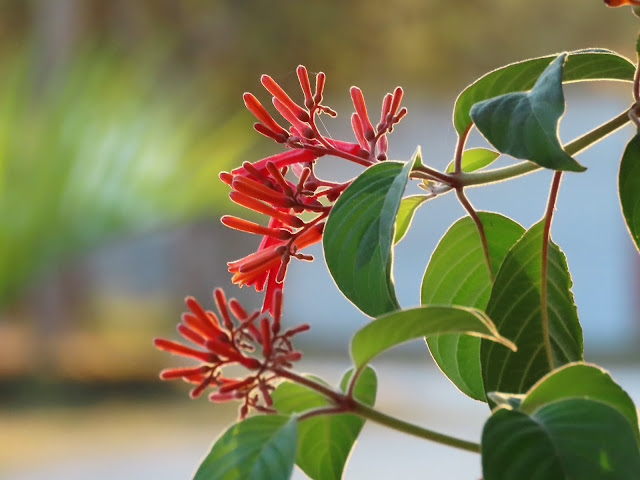
















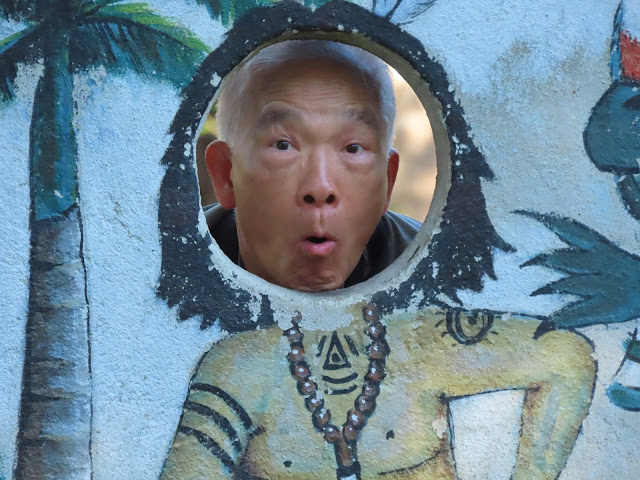










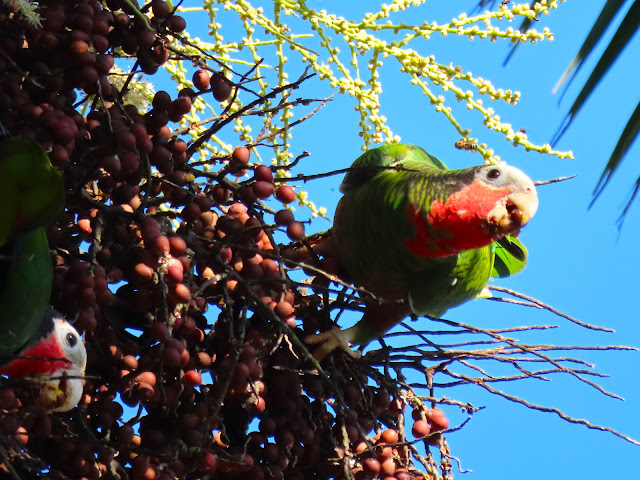











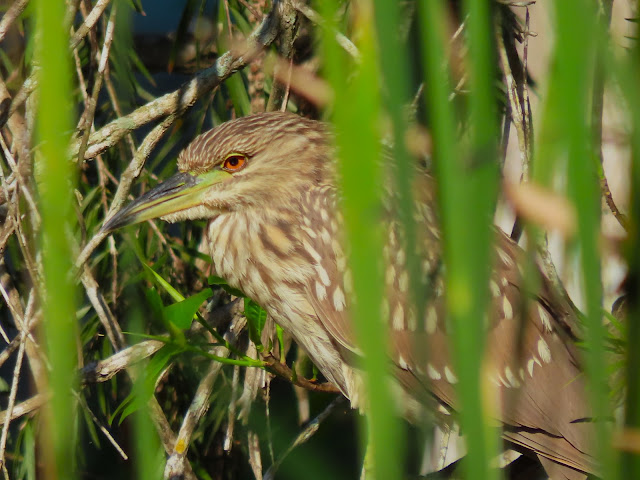

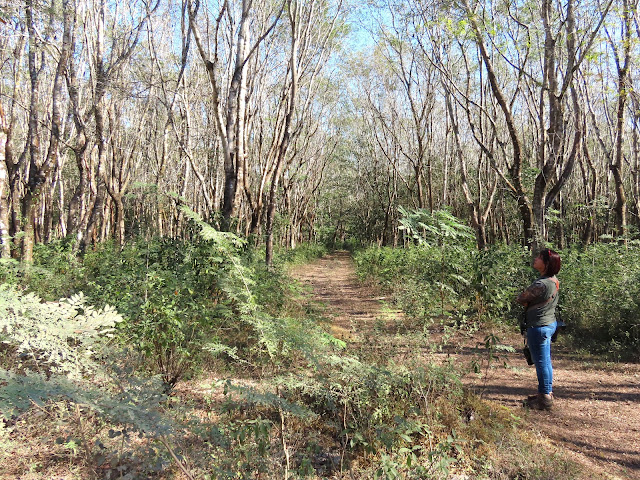


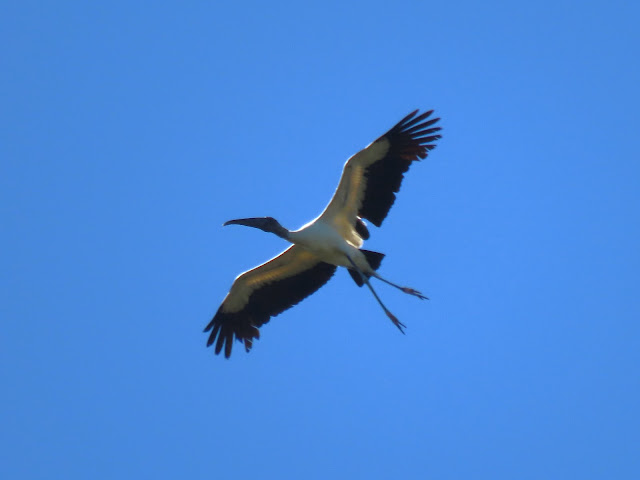








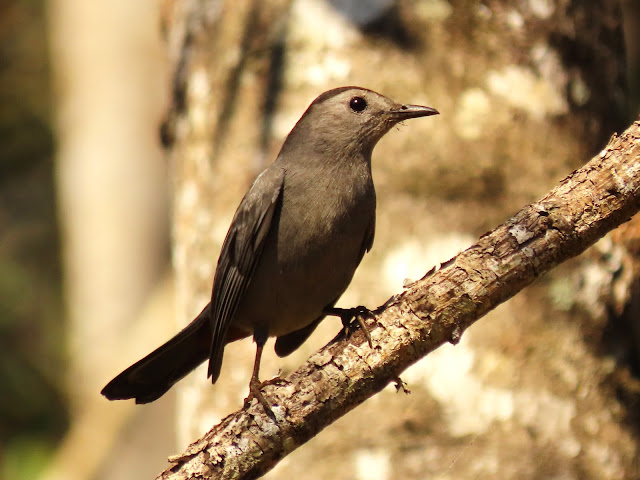










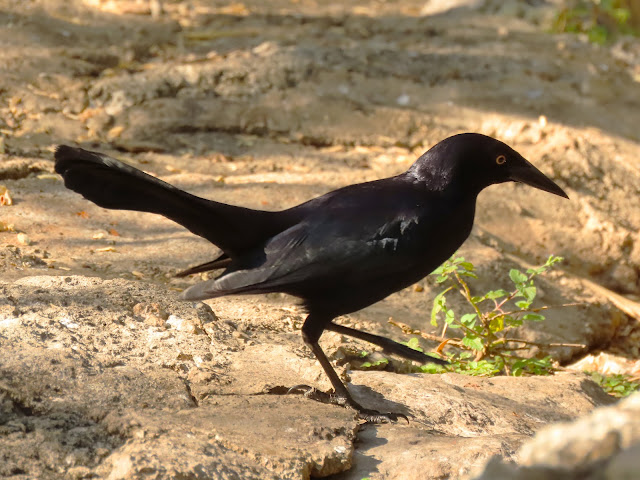










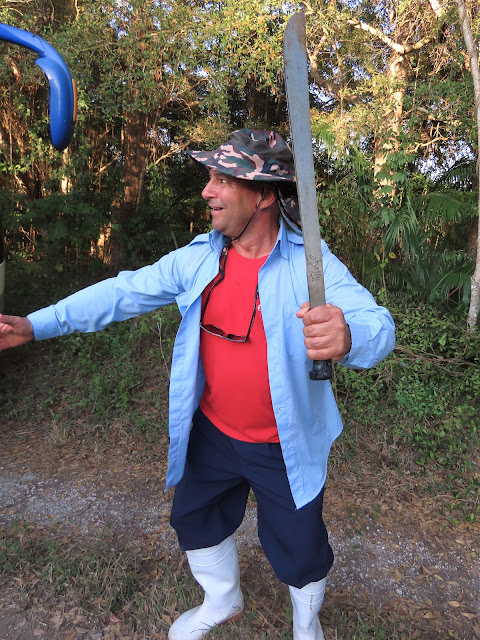


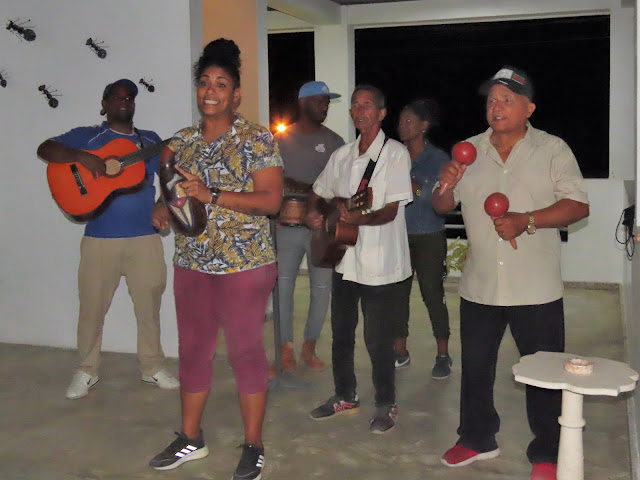




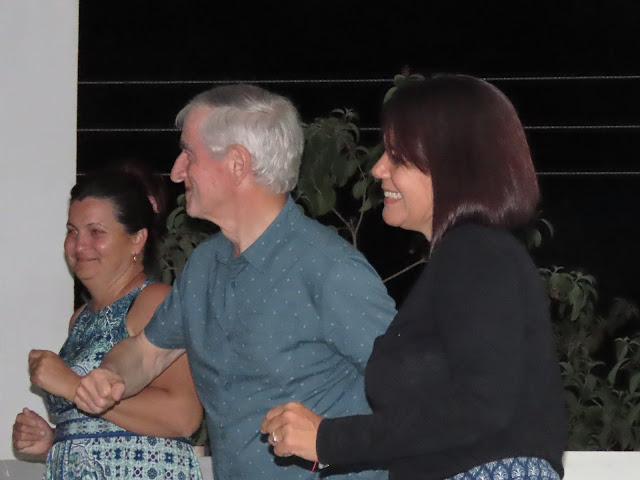





















...David, what a trip you had, I've lost track of the number of birds that you saw. The '52? Chevy is a looker!
ReplyDeleteThe birds, the nature, the flowers and some animals are very beautiful in Cuba, David. Some of them are not... I'm glad we don't have crocodiles here in Norway. The snow and the cold climate are good for something after all. Great photos!
ReplyDeleteHugs and kisses, Marit
Hari OM
ReplyDeleteThe matter of the tails is the usual quick-ref ID for sheep and goats; also that there is an absence of horns on this group adds to their being sheep. A front photo would be definitive though... because that does look more like hair than wool on their skins... (did that help 🙃) YAM xx
The truck with workers looks like a scene from a movie.
ReplyDeleteWonderful pictures as always. My absolute favorite is the little Cuban Tody.
ReplyDeleteThat might just be everyone's favorite!
DeleteThanks for sharing another wonderful episode of your trip. Fantastic narrative and beautiful photos.
ReplyDeleteThanks, Bill.
DeleteI don't like reptiles, but simply adore those green parrots. Interesting tale about goat tails vs. sheep tails.
ReplyDeleteThat looks like a wonderful adventure..Hard to pick what to comment on..Many of the earliest birds are also seen often in Pa...The Common Flicker is one of my favorites..Love the bottom shot of the Oriole..Hope all is well
ReplyDeleteSo many beautiful birds and flowers, and a riot of colours. The team looking after you all were fantastic, too, aounds like you have made frinds for life. The crocodiles are scary. Sheep or goats? No idea, sorry! Thanks for sharing these wonderful pictures. Hugs, Valerie xxxx
ReplyDeleteHumans are scary, Valerie, not crocodiles.
DeleteMuy interesante la ruta y tu buen reportaje. Me ha gustado mucho como has finalizado tu reportaje.
ReplyDeleteFeliz fin de semana.
Muchas gracias.
DeleteMe encantó recorrer con vosotros todos esos caminos. Me gustó todo. Montones de abrazos.
ReplyDeleteAh se me olvidaba.... las cabras son ovejas jajaja.
ReplyDeleteTienes razón, Teresa.
DeleteQuerido David disfrute mucho con esta entrada. Que gran cantidad de hermosas aves y no sólo eso plantas, animalitos, todo espectacular. También me gusta ver a las personas felices. Las ovejas se parecen a nuestras ovejas Xaldas, pero aquí tienen la lana más larga por el frío. Un fuerte abrazo para ti y para Míriam
ReplyDeleteIt's interesting how Cuba isn't too far away (in terms of hemispheres and continents) and yet it has so many unique species. It's a great example of island evolution. I'm glad you showed the cocs because that statue is fun and I'm sure you had a good laugh. And that is interesting how they are disappearing as they interbreed. Is this because there are 2 types of crocs in Cuba, or do the American crocs swim there? I don't know anything about either of these species except I know crocs are more often salt water animals. Thanks for sharing David. Happy weekend. hugs-Erika
ReplyDeleteBoth species of crocodile are present in Cuba, Erika.
DeleteSuch fun you all had it seems. The photos are very good and it was pleasant to see the bottlebrush.
ReplyDeleteThe American kestrel looks very different from our common kestrel.
ReplyDeleteThe Northern Flicker and Northern Mockingbird are truly beautiful.
I'm glad there are no crocodiles here, you only see them in a zoo.
The flowers and the parrots are also beautiful.
A party at the end of the holiday is also fun, dancing together like this is great.
I wish you a very nice weekend.
Greetings Irma
Stunning photographs of beautiful and unfamiliar birds. I had not realised how many different doves there are.
ReplyDeleteAnd there are many, many more across the world.
DeleteMore gorgeous pictures of your amazing trip to Cuba !
ReplyDeleteThe diversity of birds is really something !
Have a great weekend !
Anna
everything you have shown us yesterday and today is really impressive. I have seen the Amazon parrots but only at Jungle gardens, in captivity. also saw the crocodiles in the gardens and they can let them go extinct for me. yowsa. The birds are amazing, so colorful. your photographs are fantastic. even the doves are spectacular. I love doves and there cooing noise each morning.
ReplyDeleteCrocodiles have their role in the environment.
DeleteLovely plants and birds! Must admit I don't find crocodiles that lovely. Sheep!
ReplyDeleteGood memories from my Cuba visit some years ago.
Great to hear from you again. Thanks for stopping by. Glad to know that I rekindled memories for you.
DeleteHello David,
ReplyDeleteI do enjoy your travel reports and all the wonderful birds you have seen. I have so many favorites, the Cuban Tody is adorable and I love the Cuban Amazon parrots are lovely. The Green Woodpecker is a beauty and I like the Cuban Bullfinch. The flowers are beautiful. I would be a happy birder sitting near that bird feeder, it is packed with birds.
Great photos and post, as always. Thank you for linking up and sharing your post. Take care, have a happy weekend. PS, thank you for leaving me a comment.
The entire Cuban travelogue has been a magnificent read. You certainly have created some wonderful memories.
ReplyDeleteWhat an amazing diversity of wildlife you encountered! We appreciate how much time and effort you have made to share it all with us. Thank you.
I guess it was impossible to pass up dancing...feeling the beat of the music! Love the Cuban Tody and the Kestrel with it's feathers fluffed out. You saw so many wonderful birds and the reflections in the water are breathtaking! Thanks for the help with my warbler ID today! Happy weekend!
ReplyDeleteCubans seem to take such joy in their music. And it is everywhere.
DeleteAll the birds were lovely but I think I was most amazed by the green woodpecker. Cuba is a beautiful place.
ReplyDeleteIt's a beautiful place with beautiful people.
DeleteWOW! That was some trip!
ReplyDeleteI love all the birds, especially the parrots.
Lots of beautiful pics and looks like a great bird adventure. Nice seeing so many different kinds of birds. Love the reflection pic!
ReplyDeleteDziękuję Ci za kolejną ciekawą fotorelację z Kuby. Niesamowita przygoda. Kuba jest taka egzotyczna i ciekawa. Jaka miła impreza pożegnalna! :-)
ReplyDeleteSuper la fête de fin de séjour! :D Il y'a de l'ambiance.
ReplyDeleteJe préfère les oiseaux aux crocodiles, cela me semble moins dangereux :O
Encore de très belles photos et plein d'oiseaux, merci du partage!
Bonne soirée
With this post, David, you are showing us that, as well as a fabulous fauna and flora plus good food, you had yet another 'f', which is fun - by the bucketful it would appear. I'm not sure how much more temptation I can stand!
ReplyDeleteWith my very best wishes - - - Richard
I'm afraid there's more to come, Richard!
DeleteWOW WOW WOW and WOW!
ReplyDeleteWhat a fantastic trip, all of your posts and photographs - your narration too have been a joy to look at and read.
Thank you.
All the best Jan
Nature is absolutely magnificent.
ReplyDeleteThe photos are a show of color and beauty, they brightened my day. I especially loved the photo of Cuban Tody.
What an incredible trip.
The hutia is quite a critter.
ReplyDeleteTerrific shots!
The firebush must offer nectar delight to some birds … I particularly enjoyed the Northern Flicker photos … while the Waterthrush colours remind me of bird's egg colour - I immediately thought back to my youth. I've never seen a Hutia before … stunning fire-colour too … slinky crocs … delightful display of tail feathers … the oriole's colouring – gorgeous from underneath … the juvenile black-crowned night heron – gorgeous shot. When I was on Vancouver Island – the paper wasp nests scattered around (pieces of them, I guess) I was fascinated by them. Sunny Alder … the Pochote is well armed. The Cuban Tody – such a fun name … I didn't know that about goats and sheep … the quail dove: great name … Jiovani looks impressive. Obviously a great trip – and so pleased you've another trip booked for 2024 … I've loved your posts and photos – thanks to Miriam … and more to come: excellent! Cheers Hilary
ReplyDeleteLooking forward to more! The old vehicles are fascinating. Have to go google those goat and sheep tails.
ReplyDeleteIt's great that you shared this post with us at IRBB, thanks! LOVE that green woodpecker most of all.
ReplyDeleteI envy your group David, you observed very beautiful species, the woodpeckers are particularly beautiful! Congratulations to the photographer !!!!
ReplyDeleteSee you soon
This is just so fabulous. I was going to comment on all the beautiful and remarkable birds but then I saw your goodbye bird and farewell party and thought that had to just be such a peak. You certainly throw a good tour, David! I know you'll be in hot demand for another. I've enjoyed every single post!
ReplyDeleteTwo more are already planned, Jeanie, one for November (full), and one for February (two spaces left), this time with an extra couple of days in Cayo Coco. The farewell party was not the end of the trip, but a farewell to Zapata.
DeleteA very pleasant writing, with dedication to the field it describes!
ReplyDeleteAnother fully packed day in Cuba - what a wonderful trip you had! The music at the end was the cream on top! No wonder you were dancing, how can you not?
ReplyDeleteHi David,
ReplyDeleteThe flora and fauna of Cuba surprised me. I am quite impressed by what you have shown in your reports about Cuba. Most of the people visiting Cuba expect to see all kinds of signs of the 50's and to hear music of Buena Vista Social Club. You showed us here enough examples that can inspire people to pay a visit to Cuba too.
Greetings, Kees
You have to remember that the Zapata Swamp is the third largest wetland in the Americas and a good part of Cuba is still forested. You talk about "most of the people visiting Cuba" - most of them go to the all-inclusive resorts where they see nothing of the country. For many the visit includes little more than time at the buffet and time at the bar.
DeleteI would not mind visit that place :) Love the image of the American Kestrel
ReplyDeleteI am sure the locals, in their different capacities, enjoyed your company very much.
ReplyDeleteDear David, I've had a busy few weeks, so I only managed to catch up on your Cuba posts today. I hope you will forgive me if I combine my comments on this into a single post. You saw such great birds everywhere in Cuba - I found the feeding style of the Reddish Egret very amusing. And I envy you a bit that you were able to see and photograph the frigate bird so close. Of course, I was particularly delighted by the tiny bee hummingbirds ❤️ - but as you say yourself "Any view of a hummingbird at any time is exciting". How nice that you saw the Fernandina flicker! I might have photographed the same butterfly as you in Costa Rica (Eurema daira) - see my recent post at Las Chorreras Waterfall (?) The Cuban Pygmy Owl is really cute, the Cuban Pewee too! There were also some interesting things to see about the crocodiles. I also found the red glow on the water impressive. Oh yes, the anhingas - when I met them in CR I thought cormorants too, but the beak turned out to be too different... I like the wood stork and the blue-headed quail dove too! If it's any consolation: I love goats and sheep, but I can't always tell them apart either... I think "your" could be Cameroon sheep: https://de.wikipedia.org/wiki/Kamerunschaf
ReplyDeleteIt was also nice to see the Cuban classic cars again. I am very happy that you had such a wonderful trip and could share it with such lovely people!
All the best! Hugs, Traude 😘
https://rostrose.blogspot.com/2023/03/costa-rica-9-kapitel-nationalpark.html
Looks like a glorious trip! There are so many new-to-me birds in your post. The green woodpecker, and of course, the parrots, are stand-outs!
ReplyDelete